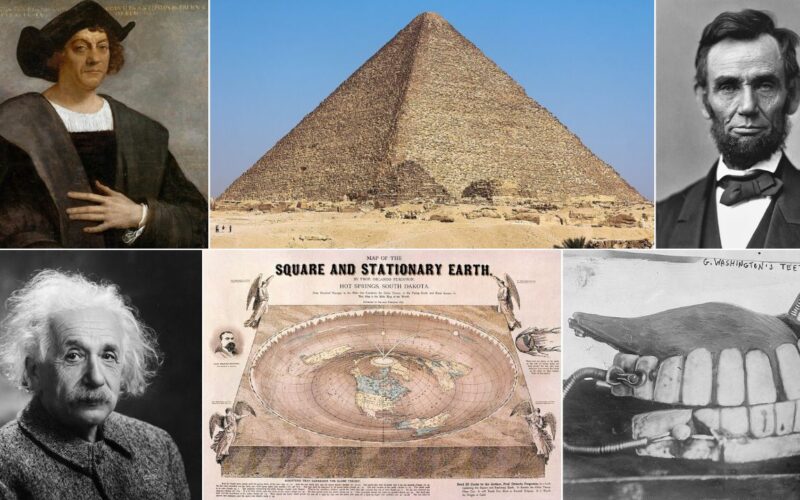History is often taught in neat, bite-sized pieces, but those pieces aren’t always accurate. Over time, myths, misunderstandings, and simplified retellings have reshaped major events and figures. From Hollywood to classroom lessons, these twisted tales have cemented themselves as truth in the public mind. But reality is often far more complicated, and far more interesting. Let’s dig into 18 common historical misconceptions that continue to cloud how we understand the past.
1. Vikings Wore Horned Helmets
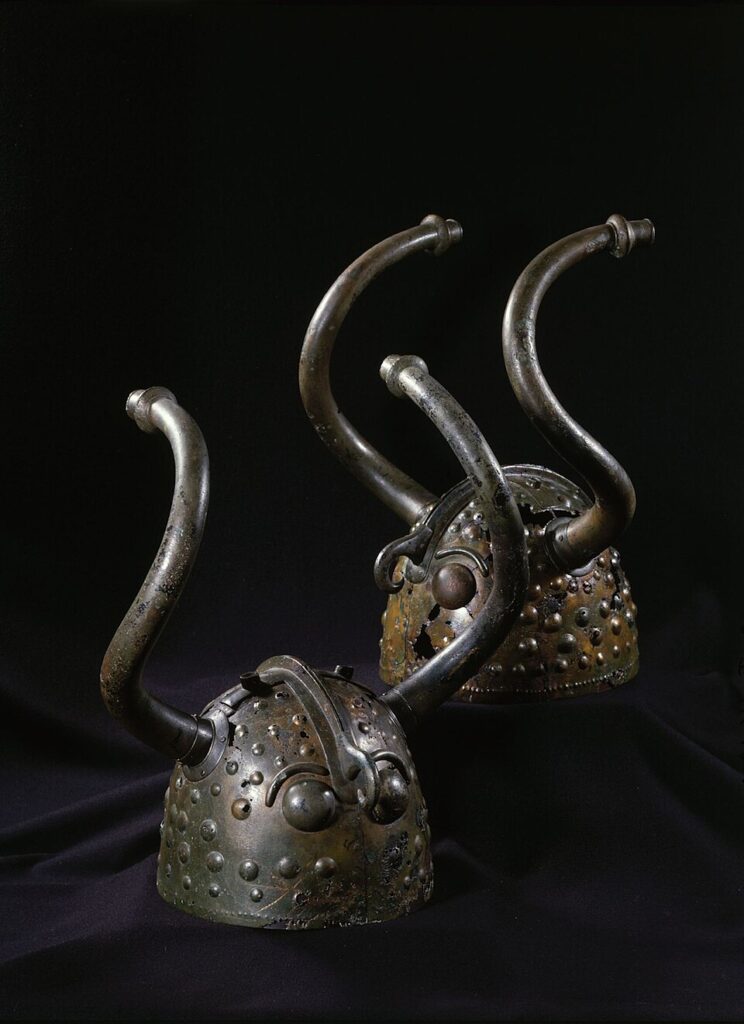
Thanks to operas and cartoons, many imagine Vikings with fierce horned helmets. But no archaeological evidence supports this. In reality, Viking warriors wore practical headgear made for battle, simple and unadorned. The horned myth likely began in the 19th century, when costume designers added flair to stage productions. It stuck in pop culture, but it’s far from historically accurate. Real Vikings were intimidating enough without the cosplay accessories.
2. Napoleon Was Extremely Short
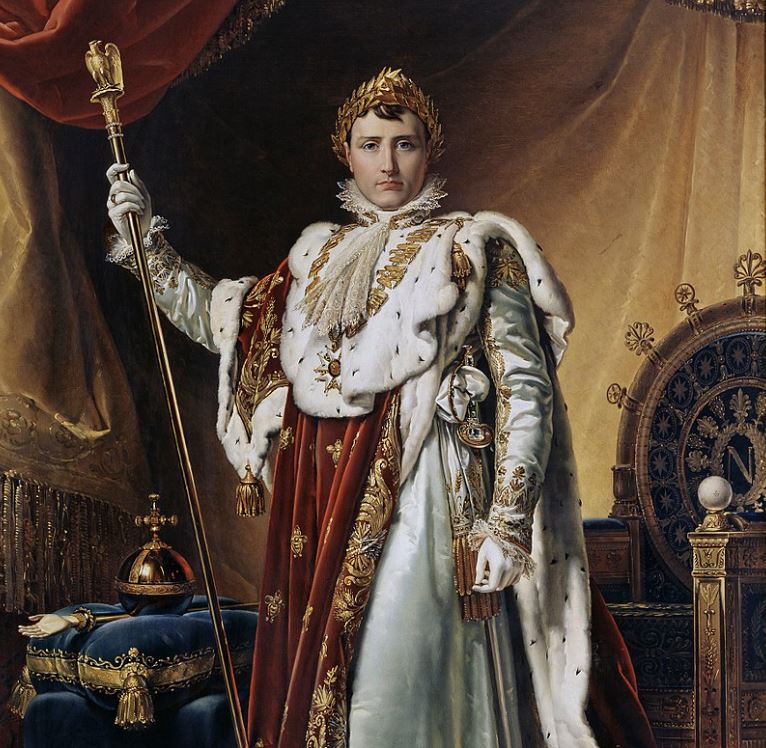
Napoleon is famously known as the “short emperor,” but he wasn’t unusually small for his time. He stood around 5’6” to 5’7”, average height for a Frenchman in the early 1800s. Confusion likely came from a difference in French and British measuring systems. British propaganda also helped cement this image to belittle him. The truth? Napoleon’s ambition and ego were larger than life, but his stature wasn’t unusually tiny.
3. Columbus Discovered America First
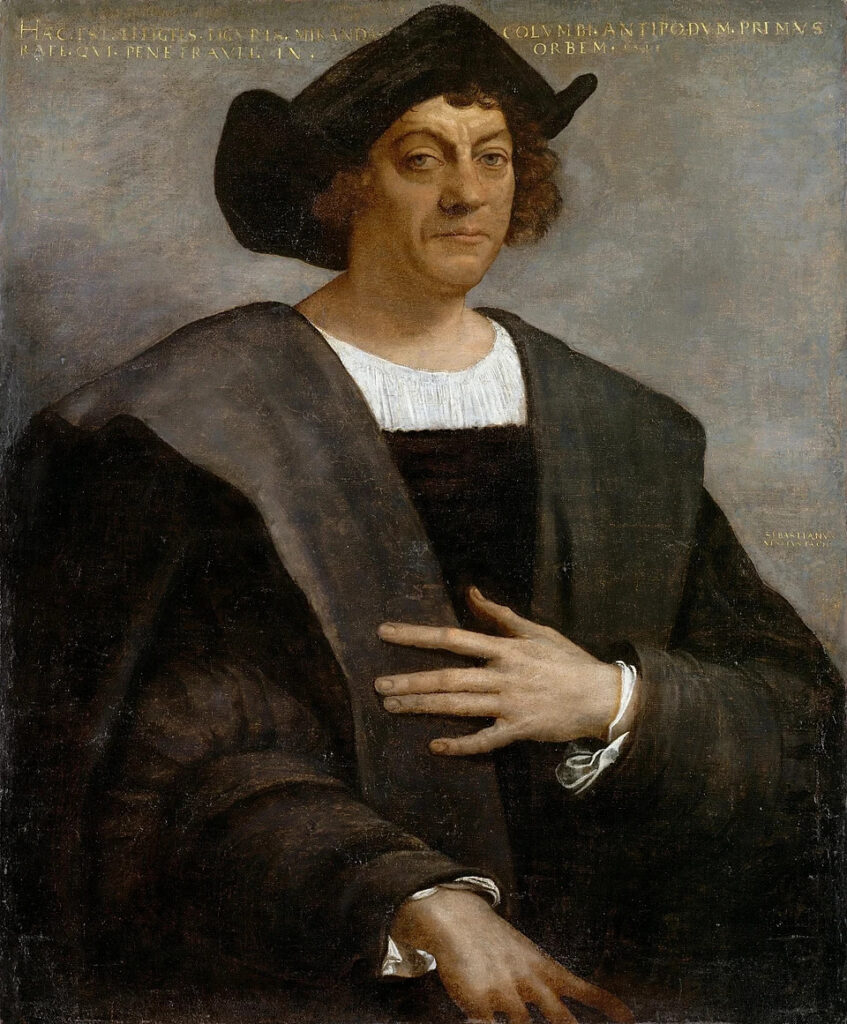
Christopher Columbus didn’t discover America, he landed in the Caribbean, and others got there first. Indigenous peoples had lived across the Americas for thousands of years. Norse explorer Leif Erikson reached parts of modern-day Canada centuries before Columbus sailed. His 1492 voyage did spark global interest and colonization, but calling him the first to “discover” the New World erases the civilizations already thriving there.
4. The Great Wall Is Visible From Space

It’s often claimed the Great Wall of China is the only man-made object visible from space. In reality, it’s incredibly hard to see without aid, as it’s narrow and blends into natural surroundings. Astronauts have confirmed that highways, cities, and even airports are easier to spot. The myth was popularized in books and media long before humans went to space, and it continues to mislead today.
5. Marie Antoinette Said “Let Them Eat Cake”
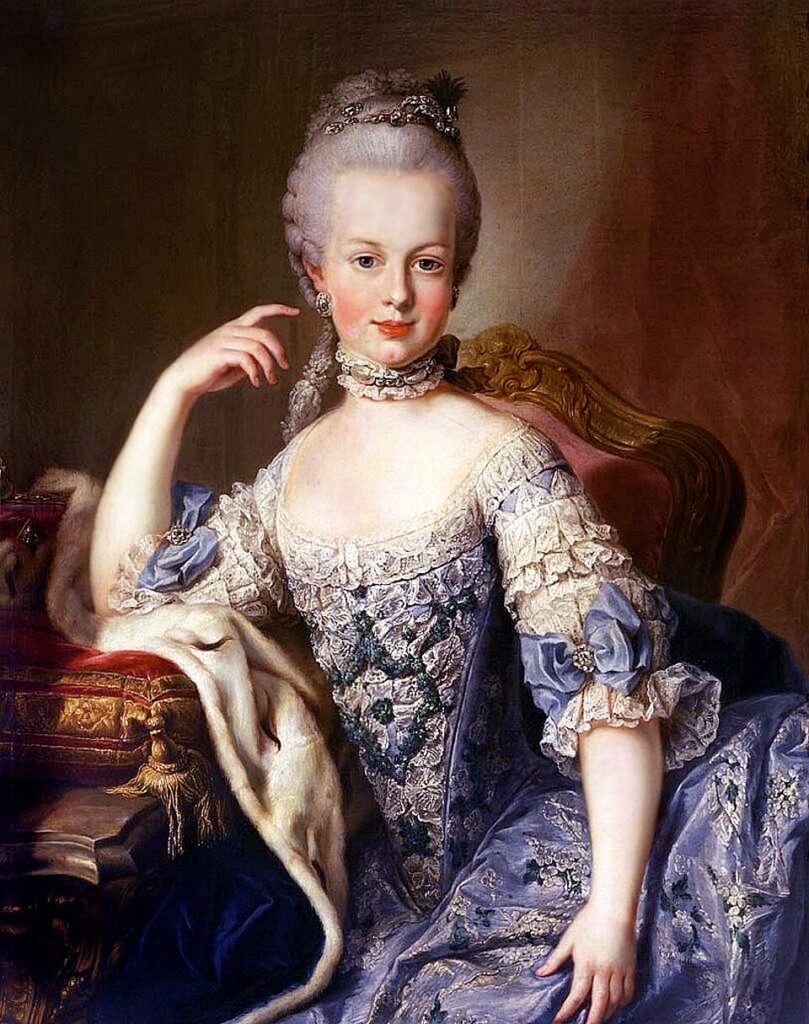
Marie Antoinette is famously quoted as saying, “Let them eat cake” in response to starving peasants, but there’s no record she ever said it. The phrase had already appeared in literature decades earlier and was likely attributed to her as revolutionary propaganda. In truth, Marie Antoinette was unpopular for her extravagance, but pinning this tone-deaf phrase on her oversimplifies a very complex political downfall.
6. Salem Witches Were Burned at the Stake
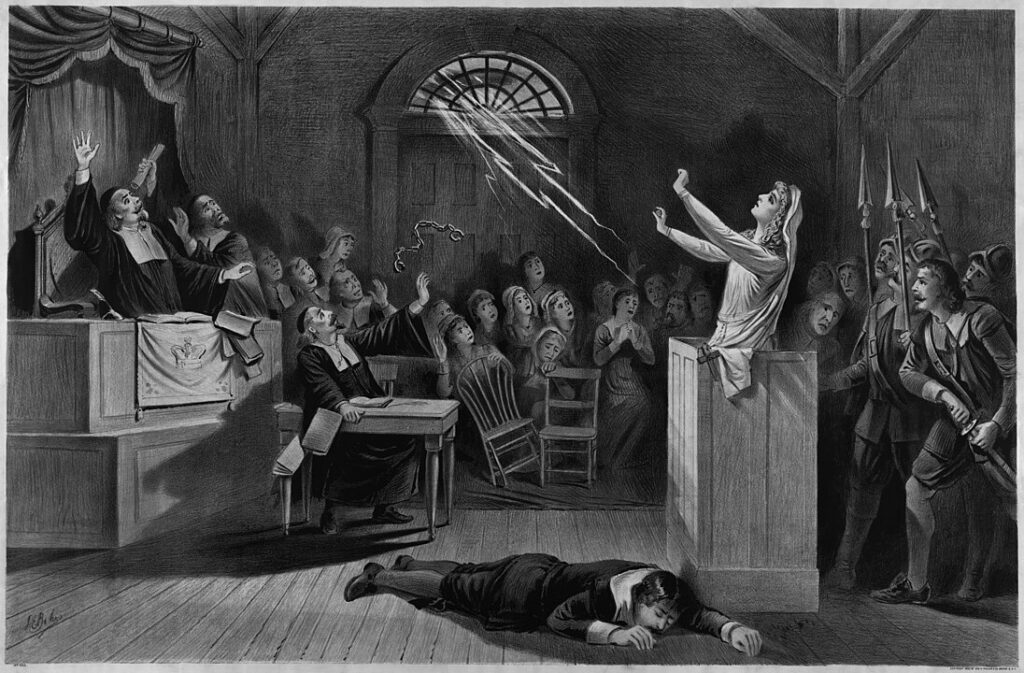
Contrary to popular belief, no one was burned during the Salem witch trials. Nineteen people were hanged, and one man was crushed to death, but burning was not a method used in colonial New England. That gruesome fate happened in European witch hunts, not the American ones. The confusion likely stems from mixing the histories of different countries, and Hollywood hasn’t helped set the record straight.
7. Medieval People Thought the Earth Was Flat
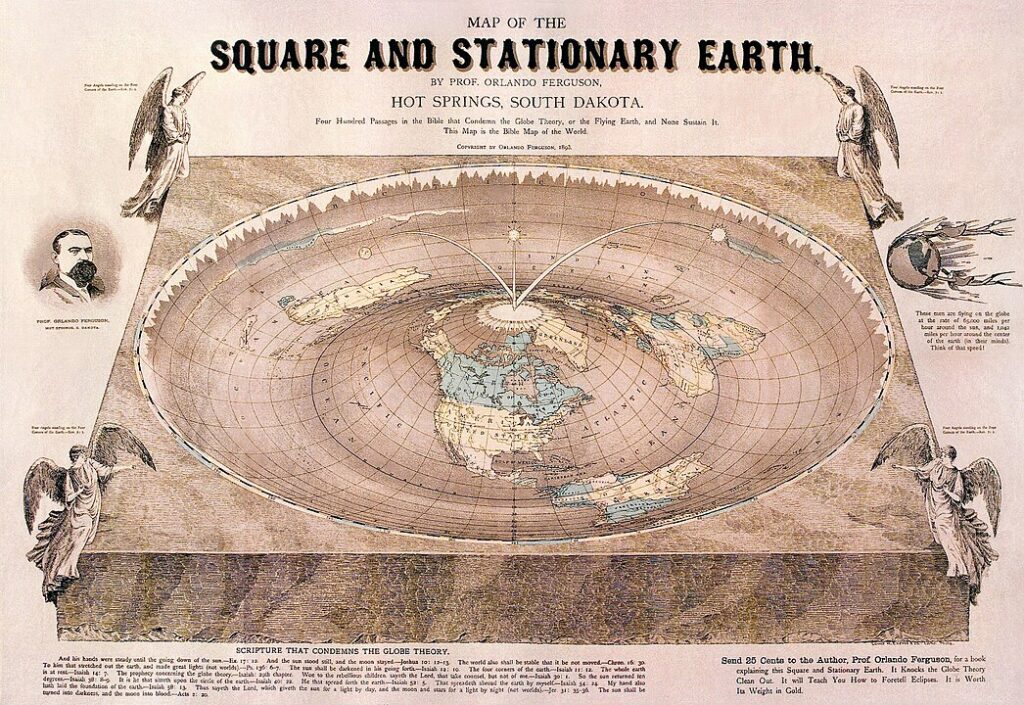
It’s a common tale that people in the Middle Ages believed the Earth was flat, but educated Europeans knew it was round as early as ancient Greece. Scholars, sailors, and astronomers used this knowledge for navigation and astronomy. The flat-Earth myth was later exaggerated during debates between science and religion, particularly in the 19th century. Medieval ignorance has been overstated for dramatic effect.
8. Einstein Failed Math as a Student
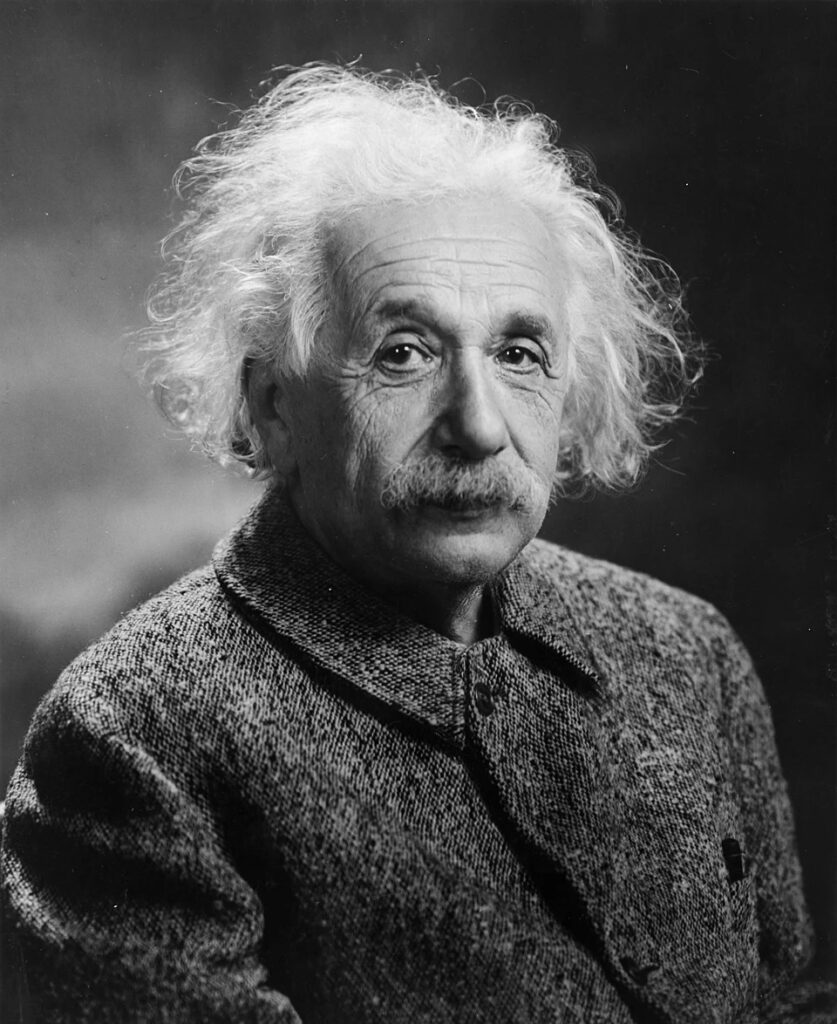
Albert Einstein is often cited as having failed math in school, suggesting that even geniuses struggle. But it’s simply untrue. Einstein excelled in math from an early age and was even ahead of his peers. The myth may have started from a misinterpretation of grading systems or from people trying to make his brilliance seem more relatable. Regardless, the numbers were always on his side.
9. George Washington Had Wooden Teeth

George Washington had serious dental issues, but his dentures weren’t made of wood. Instead, they were crafted from materials like human teeth, ivory, and metal. Over time, staining and wear may have made them appear wooden, fueling the myth. This misconception has endured for centuries, adding a strange, almost comical detail to a revered historical figure. But Washington’s real dental story is more unpleasant than funny.
10. Gladiators Always Fought to the Death
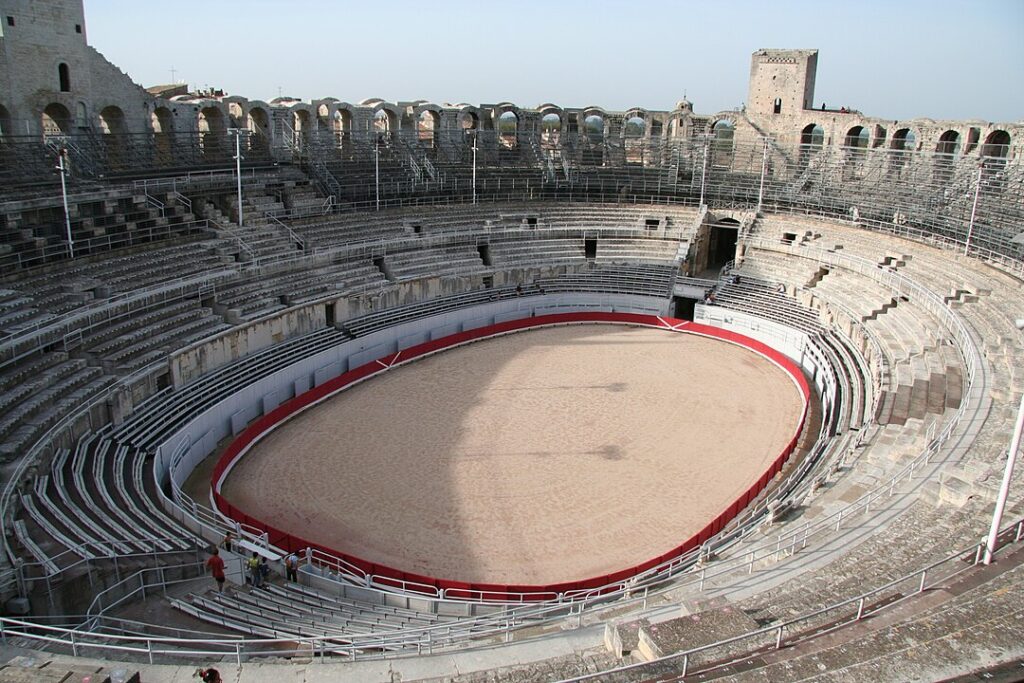
Gladiator battles in ancient Rome were brutal, but not always to the death. These fighters were expensive to train and often had long careers. Many matches ended with both combatants surviving, and crowd reactions played a role in their fate. Hollywood has dramatized these duels into nonstop bloodbaths, but in reality, the games were more about spectacle, rules, and crowd engagement than automatic executions.
11. The Pyramids Were Built by Slaves

Popular belief holds that the Great Pyramids of Egypt were built by slaves, but evidence shows they were constructed by paid laborers and skilled workers. Archaeological discoveries reveal that these laborers lived in nearby villages with access to food, housing, and medical care. The slave myth may have stemmed from ancient Greek historians or religious interpretations, but modern research paints a very different picture of pyramid builders.
12. Nero Fiddled While Rome Burned
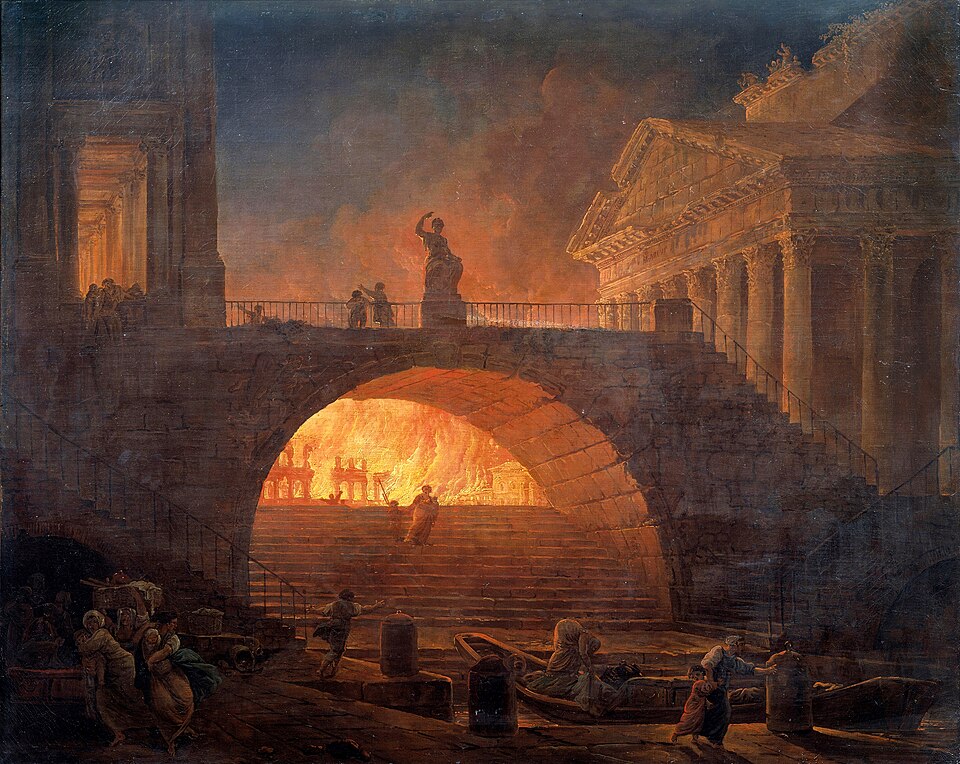
The story goes that Emperor Nero played the fiddle while Rome burned, showing his indifference, but it’s unlikely to be true. For starters, the fiddle didn’t exist in Nero’s time. Some accounts suggest he was actually organizing relief efforts. The legend may have been exaggerated by political enemies who wanted to paint him as cruel and apathetic. Over time, it became symbolic of failed leadership during crises.
13. The Middle Ages Were Dark and Unproductive

The term “Dark Ages” paints the Middle Ages as a stagnant time, but that’s misleading. While there were challenges, the era also saw advances in architecture, agriculture, and philosophy. Universities and cathedrals were built, and important scientific texts were preserved and translated. The “darkness” was largely a Renaissance invention, meant to elevate their own time by criticizing the past. The Middle Ages were far from intellectually barren.
14. Paul Revere Rode Alone
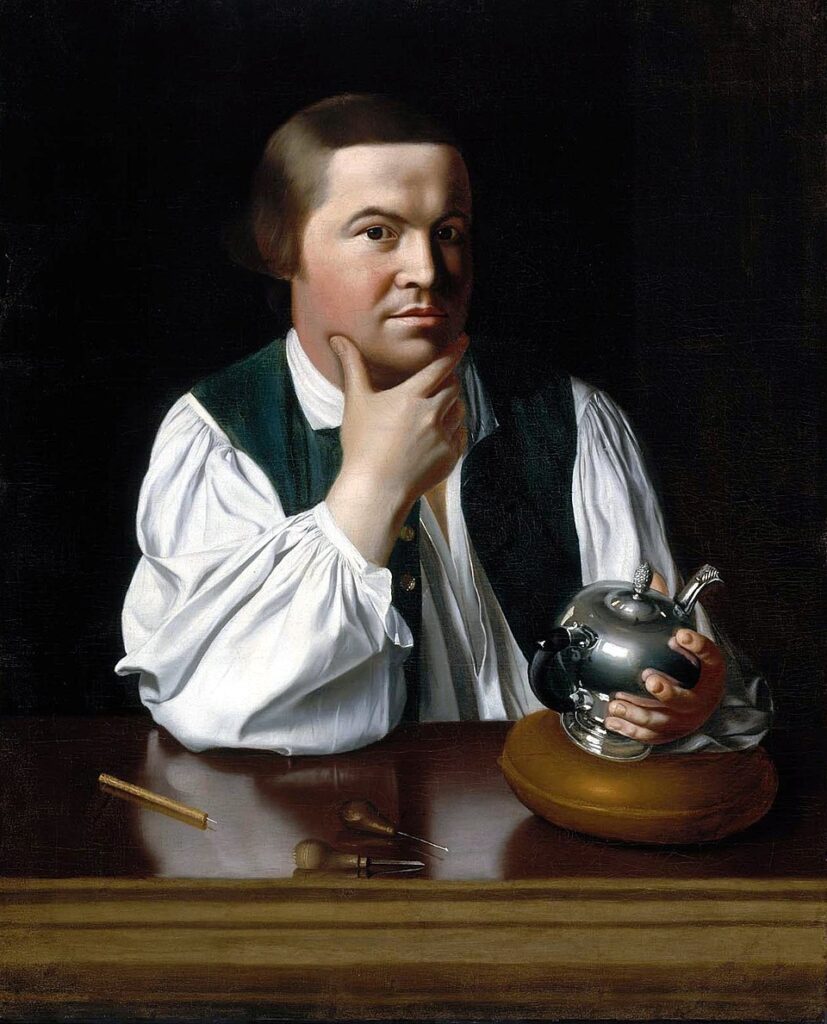
Paul Revere’s midnight ride is iconic, but he wasn’t the only one warning of the British approach. Several riders, including William Dawes and Samuel Prescott, also spread the alarm that night. Revere was captured before completing the journey, while Prescott made it farther. The idea of a lone hero caught on through poetry and storytelling, but it erases the teamwork and coordination that made the event successful.
15. People in the Past Never Bathed

It’s often said that people in the past, especially during the Middle Ages, never bathed. While hygiene standards were different, the idea of total filth is overblown. Bathhouses existed in many cities, and people washed with water and cloth regularly. Soap-making was a known craft. The myth likely comes from specific eras of plague or cultural shifts, not an overall rejection of cleanliness throughout history.
16. Lincoln Freed All Slaves Instantly

The Emancipation Proclamation is often seen as instantly freeing all enslaved people, but it didn’t apply to border states or Confederate areas under Union control. Slavery officially ended with the 13th Amendment in 1865. While the Proclamation was a major turning point, its reach was limited. Many enslaved individuals didn’t gain freedom until months or years later. The story is more layered than schoolbooks often suggest.
17. The Trojan Horse Story Is Proven History

The tale of the Trojan Horse is legendary, but it’s not confirmed historical fact. Most of what we know comes from Homer’s epics and later Greek myths. Archaeological evidence supports the existence of Troy, but not the wooden horse trick. Scholars debate whether the story is allegorical, symbolic, or loosely based on real events. Still, it remains one of the most famous siege stories in Western literature.
18. Historical Maps Were Always Accurate
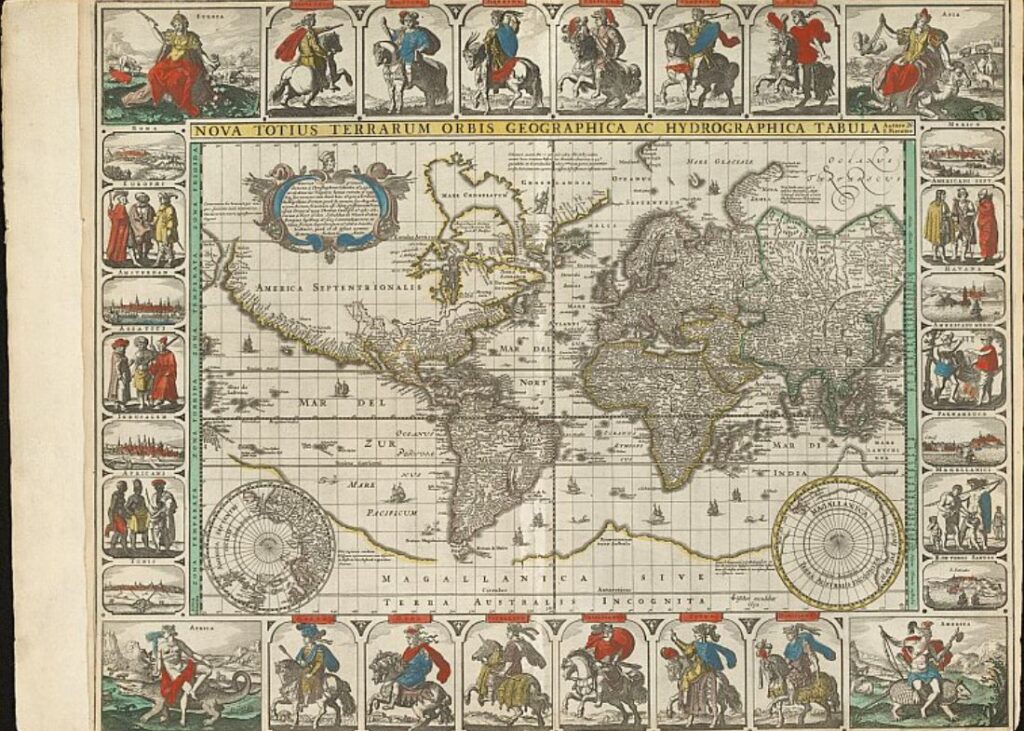
Early maps weren’t exact tools, they were works of art, politics, and storytelling. Many included mythical lands, sea monsters, and exaggerated borders. Cartographers often filled gaps with guesswork or ideology. Maps from different cultures reflected their worldviews, not precise geography. While they’re invaluable historical documents, assuming they were always accurate representations of the Earth is a big misconception. Many were more symbolic than scientific.
